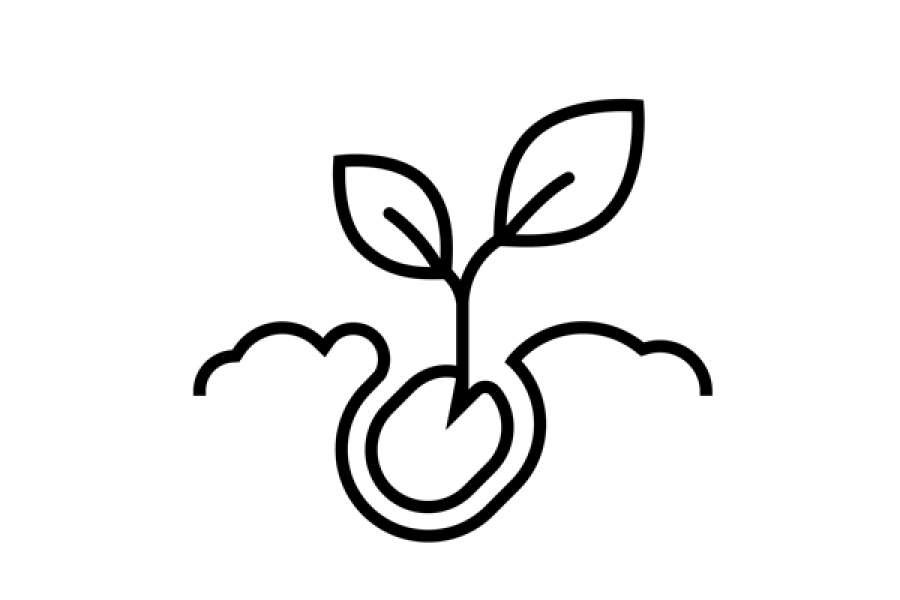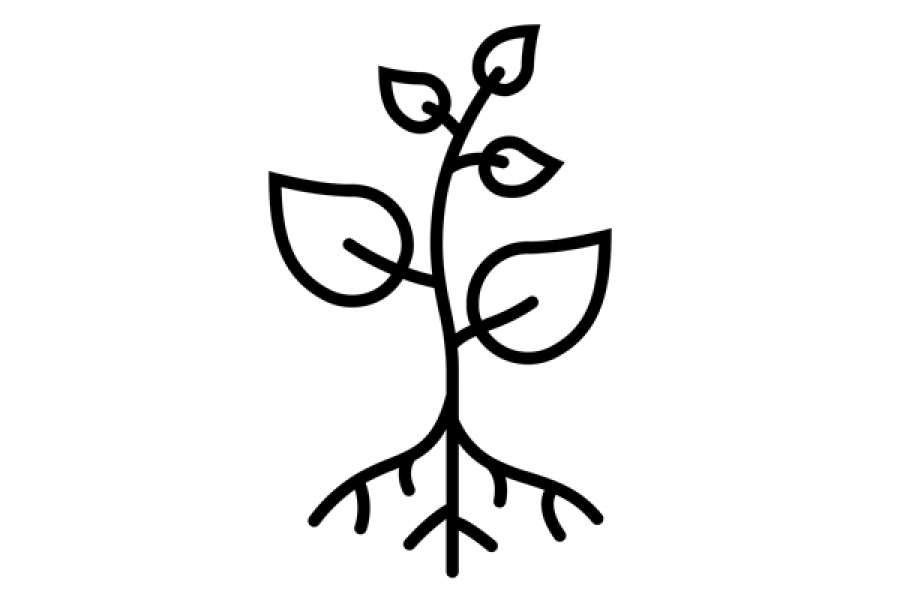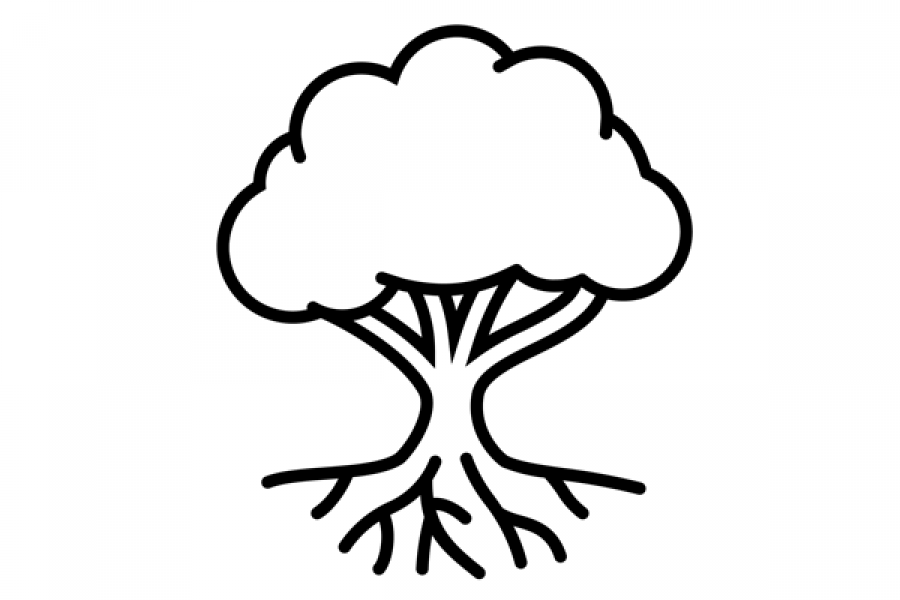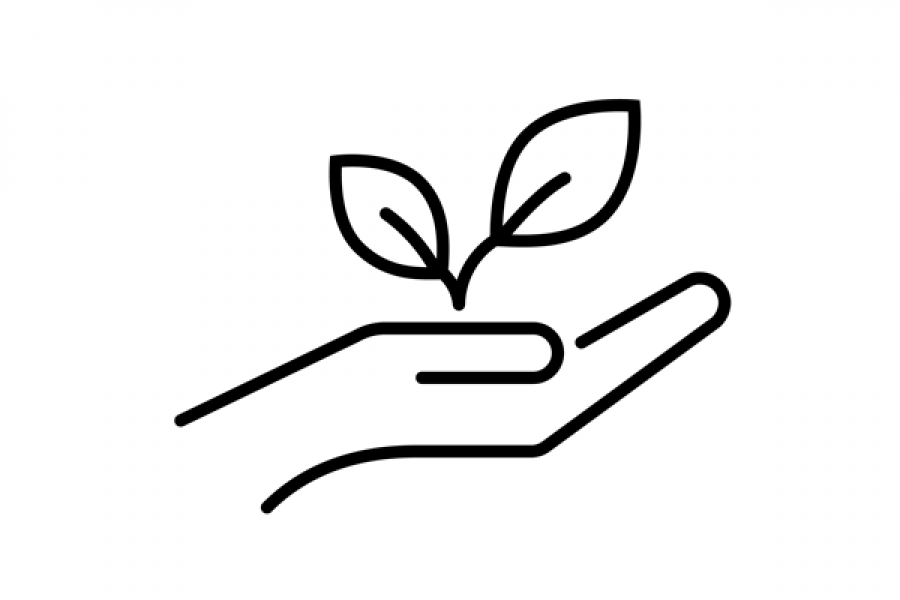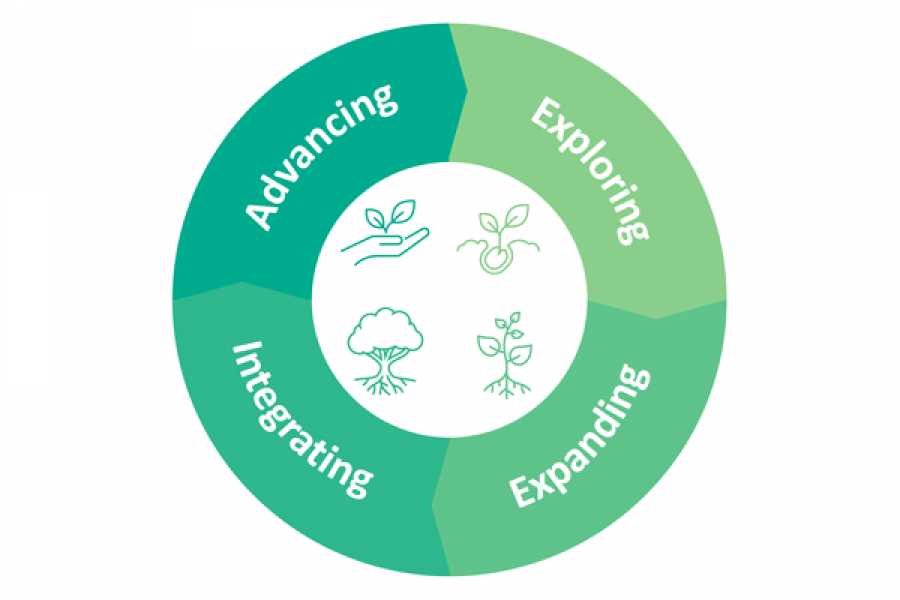Exploring: The stage where a learner demonstrates knowledge of common indicators and begins to apply the concepts through taking risks, learning from mistakes and successes, and incorporating feedback.
Competencies Framework
The UM Competencies Framework was designed to help students identify and articulate the competencies (knowledge, skills, and dispositions) they acquire throughout their education.
The framework is strengths-based and uses language to help students intentionally guide their learning, and gain insight into and reflect on their abilities. These competencies can be developed and applied in different areas of work and life over a lifespan. The framework presents possibilities and potential, not an expectation that students must excel in every area. Students are encouraged to choose and develop competencies in a way that matches their strengths, goals, and contexts.
The Competencies Framework was also developed for use by faculty, instructors, and staff as a means to intentionally integrate competency development within courses and other learning experiences. The structure and language of the framework can support the creation of learning outcomes, activities, and assessments to provide transparent competency development expectations for students. It can also be used by advising and career staff to engage students early and often in competency development, self-reflection, and self-assessment and support conversations around student choices and transitions.
On this page:
Four stages of competency development
-
-
Expanding: The stage where a learner intentionally practices common indicators across a variety of situations and contexts.
-
Integrating: The stage where a learner consistently and capably applies, adapts, and experiments with the competency and is recognized as a resource for others. Note that Competence is recognized at the Integrating stage.
-
Advancing: The stage where a learner models strategic and innovative application of the competency in complex situations and contexts. They may also coach and mentor to support the growth of others at a personal, community or organizational level.
Competency areas and categories
The framework is comprised of 45 competency areas (“competencies”) grouped into 9 categories. The competencies and categories are intended to be reflective of diverse worldviews and inclusive of the values of the university community related to equity, diversity, and inclusion, and of a commitment to Indigenous truth, reconciliation, and resurgence. Concerted efforts were made to ensure the framework aligns with labour market information tools produced by Employment and Social Development Canada, so students can easily see linkages to occupational outcomes.
Individual competencies are defined as "a related combination of knowledge, skills and dispositions that are developed throughout one’s life, and applied and transferred between various contexts" and they fall into the following categories:
Communication | Collaboration | Social Responsibility
Commitment to Truth, Healing, Reconciliation and Resurgence with Indigenous Peoples
Cognitive Skills | Technological Skills | Personal Growth | Self-Leadership | Leadership Practices
These 45 competencies aim to be:
- Applicable to and inclusive of all students.
- Demonstrable, with a progression of development.
- Relevant in and transferrable to a variety of contexts, including at home, at work, in community, and in education and training.
- Broader than a standalone skill, item of knowledge, or personal characteristic.
- Non-discipline specific.
- Recognized as desirable for the future of work, social progress, and personal development and well-being.
- Unique and distinct from other competencies, while recognizing that there is an interrelationship between many of the competency areas.
Competency area definitions
Communication
Communication involves interacting with others in multiple ways and through multiple mediums, allowing for a message to be received, expressed, negotiated, and understood. Communication includes understanding personal and diverse perspectives within societal and cultural contexts. It is fundamental to connecting with others, sharing ideas and emotions, expressing individuality, and developing a sense of belonging.
Competency areas and definitions
Attentive Listening: Gives full attention to what others are saying, considers non-verbal indicators, takes time and asks meaningful questions to deepen understanding, and allows others to complete their thoughts.
Verbal Communication: Exchanges and conveys information, both verbally and non-verbally, to express oneself and build understanding either in-person or across multiple platforms.
Written Communication: Communicates information and expresses ideas through text in a clear manner for the intended audience.
Presenting and Facilitating: Uses appropriate interpersonal styles and methods to guide others during meetings, presentations, or gatherings by directing the flow of the discussion, fostering interaction, and keeping the group focused and engaged.
Multilingualism: Uses, switches between, and/or combines multiple languages to contribute to understanding, further ongoing dialogue, and deepen connections.
Collaboration
Collaboration involves building and maintaining relationships and proactively seeking and valuing diverse viewpoints, opinions, ideas, and expertise. It necessitates the intentional sharing of responsibilities to transform individual ideas and strengths into collective action to accomplish common goals and solve complex problems.
Competency areas and definitions
Teamwork: Works co-operatively with others toward a common purpose by participating and/or leading in ways that respect the needs and contributions of others, sharing the work, and drawing on individual strengths.
Empathy: Perceives and understands the emotions of others and responds in constructive ways.
Managing Conflict: Recognizes symptoms of conflict and tactfully makes space for differing views, allowing constructive solutions to be reached. Helps self and others through emotional or tense situations.
Innovation: Applies and experiments with unique ideas, concepts, and approaches to address a problem, issue, or question through collaborative iterations.
Managing Projects and Work Plans: Negotiates with group members to identify roles, expectations, and commitments. Participates in the process of managing, monitoring, and adjusting timelines, resources, and outcomes.
Social Responsibility
Social responsibility involves individuals engaging and working toward a more just, compassionate, and sustainable world. It necessitates reflection, inclusion of diverse perspectives, humility, and recognition of positionality, to foster ethical and collective actions that make a positive impact.
Competency areas and definitions
Anti-Oppression: Recognizes and challenges how power is used to create systems of oppression, and takes appropriate action to reimagine power structures and resource distribution to address barriers to self-determination, representation, and access.
Ethical Action: Demonstrates consistency between words and behaviours, and a commitment to personal accountability. Admits mistakes, accepts the consequences of one’s own actions, and adjusts behaviours based on new knowledge.
Inclusion and Access: Takes action to learn about and respectfully integrate multiple ways of knowing, being, and doing into practices, and identifies and works to remove barriers to support the full and equitable participation and leadership of diverse individuals and groups.
Community Engagement: Builds and takes care of relationships within one's own communities, across communities, and in solidarity with other communities, in order to support community-determined visions and goals.
Global Citizenship: Recognizes global interconnectedness, contributes to actions to make the world more equitable and sustainable, and encourages and engages in collective responsibility for the impacts of colonialism and unsustainable ways of living.
Commitment to Truth, Healing, Reconciliation, and Resurgence with Indigenous Peoples
Commitment to Truth, Healing, Reconciliation, and Resurgence with Indigenous Peoples of Turtle Island is about building and fostering relationships with Indigenous Peoples by supporting the resurgence of Indigenous ways of knowing, being, teaching, speaking, and doing, including learning on and from the land. This involves taking personal responsibility to disrupt colonialism, racism, and bias in oneself, others, and systems, and support and respect Indigenous Peoples in reclaiming and revitalizing diverse Indigenous languages, cultures, and worldviews.
In this framework, Indigenous refers to First Nations, Métis, and Inuit peoples.
Competency areas and definitions
Developing Indigenous Cultural Literacy: Comprehends the diversity of values, traditions, and belief systems among Indigenous Peoples and Nations, and makes and maintains spaces where Indigenous cultural practices and ways of teaching and learning are welcomed.
Addressing Colonial Impacts: Deepens personal understanding of the history of Indigenous Peoples and intergenerational impacts of colonialism across Turtle Island by engaging with and hearing truths from varied Indigenous perspectives and sources. Contributes to community healing by disrupting colonial structures and interrupting stereotypes and biases in oneself and others.
Respecting Indigenous Ceremony and Cultural Protocols: Learns about the importance of ceremony and cultural protocols from diverse Indigenous voices. Demonstrates respect by resourcing, making space for, and following appropriate protocols and teachings when engaging with different Indigenous communities and groups.
Living Relationality: Recognizes the interrelatedness of all beings, animate and inanimate, across past, present, and future generations. Fosters reciprocal relationships that are intrinsically valuable and perpetually renewed by maintaining and nurturing balance, health, and connection with one’s relations.
Preserving and Reclaiming Indigenous Languages: Recognizes and demonstrates respect for the importance of Indigenous languages as a vital aspect of Indigenous cultures, spiritualities, knowledge systems, and worldviews. Commits to learning the meaning, context, and use of Indigenous languages in culturally appropriate ways, and supports and resources Indigenous Peoples to reclaim, revitalize, maintain, strengthen, and transmit languages.
Cognitive Skills
Cognitive skills are mental processes used to explore and interact with knowledge, information, and imagination to generate and express ideas, reflect on outcomes, solve problems, and develop original concepts and deeper understandings. They are core skills used to better understand the world and the ways you think and learn.
Competency areas and definitions
Creativity: Explores or experiments with ideas, materials, or processes through thinking, reacting, and working in imaginative ways to express original concepts, works, and possibilities.
Critical Thinking: Considers multiple perspectives and challenges assumptions by identifying, analyzing, and evaluating worldviews, frameworks, positionalities, situations, ideas, artifacts, and information before determining a conclusion.
Problem Solving: Designs, develops, and implements strategies to address problems by asking relevant questions, identifying root causes, gathering facts, and assessing potential and real impacts.
Decision Making: Takes responsibility for making sound and timely decisions based on short- and long-term impacts and analysis of information from a variety of sources and perspectives.
Metacognition: Recognizes one’s thinking patterns and develops practices to regulate and refine one’s learning and use of cognitive skills.
Technological Skills
Technological skills involve the ability to interact with and adapt to changes in technologies and how they are used to make meaning from complex information, solve problems, tell stories, inform decisions, and secure our digital identity and data.
Competency areas and definitions
Technological Agility: Adopts new technologies and navigates technological change to effectively communicate, problem solve, and complete tasks.
Digital Information Fluency: Evaluates the source, accuracy, and influence of personal and algorithmic biases on digital information/media and selects appropriate digital resources.
Data Literacy: Breaks down complex information and data presented through words, numbers, symbols, and graphics to make meaning, communicate, solve problems, and inform decision making.
Digital Presence Management: Actively considers the impacts and implications of action before adding to one’s digital footprint. Promotes ethical behaviours, and appropriately acts upon unsafe digital situations to secure identities, systems, and data.
Digital Content Creation and Design: Synthesizes data into meaningful information and uses effective digital design and mediums to enhance the communication of information and ideas. Recognizes the impact of digital content on people and society and demonstrates human-centred and ethical practices.
Personal Growth
Personal growth involves learning, understanding, and reflecting about oneself and taking action to maintain and further one’s well-being. It is a lifelong, nonlinear, and intentional progression that builds from adversity and success.
Competency areas and definitions
Curiosity: Demonstrates open-mindedness, inquisitiveness, and an authentic interest in what others have to share. Pursues knowledge and insight through asking meaningful questions of self and others.
Resilience: Demonstrates realistic optimism in engaging with challenges, discomfort, and transitions. Bounces back from adversity by maintaining healthy boundaries and focusing on what can be learned and gained from experiences within or outside of one’s control.
Lifelong Learning: Pursues and persists in learning with the aim of enhancing performance, growing personally or professionally, overcoming obstacles, or meeting goals.
Well-Being: Takes time to reflect and respond to the emotional, physical, social, and spiritual aspects of living, to promote a sense of fulfilment, purpose, and alignment.
Career Development: Explores and identifies interests, values, talents, strengths, and skills, and integrates information, opportunities, and expertise to manage transitions and plan for and pursue learning, life, and work goals.
Self-Leadership
Self-leadership is the ability to manage one’s behaviors, thoughts, and emotions in an intentional and productive way, and to take responsibility for choosing one’s actions and reactions.
Competency areas and definitions
Self-Awareness: Accurately assesses one’s emotions, beliefs, values, motivations, positionalities, biases, behaviours, strengths, and areas of growth. Learns from feedback and past experiences to develop personal insight.
Self-Regulation: Monitors and manages one’s emotions, impulses, and thoughts to choose behaviours that are well-matched to one’s circumstances and goals.
Initiative: Independently seeks out and recognizes existing or possible opportunities and challenges, evaluating personal expertise and context to propose or take appropriate action.
Adaptability: Demonstrates flexibility to change one’s actions, approaches, plans, methods, goals, or perspectives in response to new information, differing views, or unforeseen circumstances.
Time Management and Prioritization: Sets and negotiates priorities, allocates time effectively, and engages in effective work habits to accomplish personal or professional goals.
Leadership Practices
Leadership practices are deliberate, values-driven, and collaboration-building actions that draw on other relevant Competency Areas, experience, and expertise to achieve a common purpose. People demonstrate formal and informal leadership in different contexts by persevering through challenges and modelling consistent behaviours that align with personal, team, or organizational responsibilities.
In this framework, Leadership Practices refer to practices specific to leading others, without representing all the competencies that an individual leader needs.
Competency areas and definitions
Articulating Vision and Strategy: Champions the shared vision and values of the team or organization and aligns goals and tactics to team or organizational strengths and opportunities. Communicates common purpose by linking vision and values with priorities, strategies, and daily work.
Cultivating Safety, Trust, and Collaboration: Acts consistently to co-create an environment where others openly contribute ideas, ask constructive questions, and take risks. Finds opportunities to develop team relationships that bridge different and disparate values and include positive regard, shared accountability, knowledge exchange, and proactive problem solving.
Coaching, Mentoring, and Advising: Provides guidance, feedback, and alternative perspectives to promote personal development, self-efficacy, and goal achievement. Supports others in rebuilding from challenges and recognizing and celebrating strengths and successes.
Intentional Advocacy: Uses knowledge, resources, and/or positionality to influence positive change and commitment to action. Encourages others to respond productively to opportunities and challenges, identify potential solutions, or contribute resources.
Mobilizing People and Resources: Ensures individuals, teams, or organizations have the resources needed to succeed by aligning people, processes, and resources to the goals of the team or organization. Recognizes the autonomy of others to make decisions and deliver on outcomes using diverse strengths and methods. Promotes collaboration, innovation, and responsiveness to change within and across teams.
You may also be interest in:
Last updated: Spring 2023

